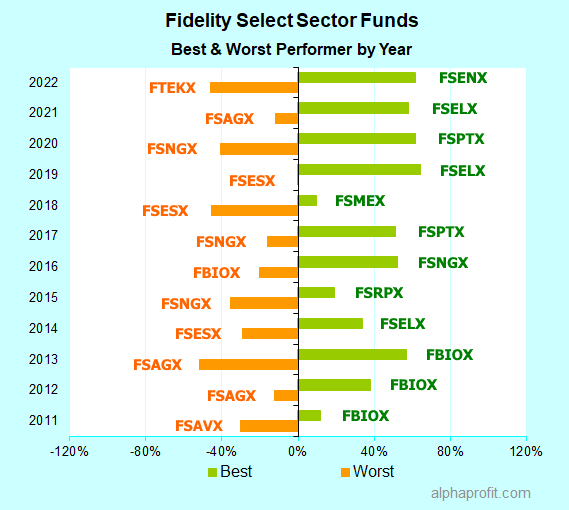
With the rise of the on-demand market, our shopping habits have changed. This has led to a greater need for space close to urban centers. Industrial REITs have seen a surge in popularity due to the increasing demand for urban logistics centers. What are the other benefits to Industrial REITs? Consider these factors before you decide to invest in these trusts. Here are some of them:
Real estate investment trusts
REITs, industrial real estate investment trusts (REITs), own and manage industrial property. These properties can be used for a variety of purposes. Industrial REITs are unique in that they are required to pay out 90 percent of their taxable income in the form of dividends. This structure allows them to receive a steady supply of cash. Investors will find industrial real property attractive as it is often far from the city center. As an added benefit, industrial buildings are generally large, allowing them to offer more flexibility to tenants.

There is a growing demand for industrial real property. REITs in this industry offer an average return of over 20%. Due to the rapid pace of ecommerce and disruptions in supply chains, the industrial real estate sector has experienced explosive growth over the past few years. In fact, industrial and logistics was the second-highest yielding REIT subsector last year. Here are some risks to be aware of if you are interested in investing in industrial property.
Potential for growth
In recent years, industrial property investment trusts experienced remarkable growth with an average yield greater than 20%. The rapid growth of ecommerce and disruptions in supply chains has led to an increase in demand for industrial property. The REITs will continue to focus on industrial property, with rent rates expected to rise to more than 25% by 2022. Despite these possible challenges, industrial REITs are expected to continue to dominate commercial real estate through 2022.
STAG Industrial, a leading industrial REIT, was listed in 2011 and is now one of the most prominent single-tenant net leasing owners in the nation. The company bought 74 properties worth $1.3 billion in 2021 and continued its growth. It also boasts a 5.2% cash rate and a weighted mean remaining lease term of 6.9 years. Industrial REITs can offer great growth potential. It pays to be flexible in your investment strategy.
Bank for land
Industrial REITs are responsible for large amounts of industrial real property development. They have built up a large land bank in the last decade. These companies own a variety of underlying assets, including warehouses and fulfillment centres. These properties are strategically located to allow for easy flow of goods and services to their end users. These properties are often located near major metropolitan areas which allows them to speed up order fulfillment.

The REIT portfolio includes 1,545 properties that are freestanding and leased to 323 tenants across 46 states. These tenants come from 16 industries. Early childhood education (14.1%), quick-service restaurant (12.9%), car washes (10.5%), and medical/dental shops (11.4%) are the largest four tenant industries. Nearly half (50%) of the REIT’s cash rent comes directly from recession-resistant tenant. The company's cash flows from operations are growing faster than its assets base.
FAQ
What is a Stock Exchange?
A stock exchange is where companies go to sell shares of their company. This allows investors to purchase shares in the company. The market sets the price for a share. It is often determined by how much people are willing pay for the company.
Investors can also make money by investing in the stock exchange. Investors are willing to invest capital in order for companies to grow. This is done by purchasing shares in the company. Companies use their money in order to finance their projects and grow their business.
Stock exchanges can offer many types of shares. Others are known as ordinary shares. These are the most common type of shares. These shares can be bought and sold on the open market. Prices for shares are determined by supply/demand.
Preferred shares and debt securities are other types of shares. When dividends are paid out, preferred shares have priority above other shares. If a company issues bonds, they must repay them.
How are Share Prices Set?
Investors set the share price because they want to earn a return on their investment. They want to make a profit from the company. They buy shares at a fixed price. If the share price increases, the investor makes more money. Investors lose money if the share price drops.
An investor's main goal is to make the most money possible. This is why they invest. It helps them to earn lots of money.
What is security?
Security is an asset that produces income for its owner. Most security comes in the form of shares in companies.
There are many types of securities that a company can issue, such as common stocks, preferred stocks and bonds.
The earnings per shares (EPS) or dividends paid by a company affect the value of a stock.
You own a part of the company when you purchase a share. This gives you a claim on future profits. If the company pays a dividend, you receive money from the company.
You can always sell your shares.
How can I invest in stock market?
You can buy or sell securities through brokers. Brokers buy and sell securities for you. When you trade securities, you pay brokerage commissions.
Banks charge lower fees for brokers than they do for banks. Banks offer better rates than brokers because they don’t make any money from selling securities.
You must open an account at a bank or broker if you wish to invest in stocks.
If you hire a broker, they will inform you about the costs of buying or selling securities. This fee will be calculated based on the transaction size.
You should ask your broker about:
-
The minimum amount you need to deposit in order to trade
-
If you close your position prior to expiration, are there additional charges?
-
What happens to you if more than $5,000 is lost in one day
-
how many days can you hold positions without paying taxes
-
How much you are allowed to borrow against your portfolio
-
whether you can transfer funds between accounts
-
How long it takes for transactions to be settled
-
How to sell or purchase securities the most effectively
-
how to avoid fraud
-
how to get help if you need it
-
whether you can stop trading at any time
-
How to report trades to government
-
If you have to file reports with SEC
-
whether you must keep records of your transactions
-
Whether you are required by the SEC to register
-
What is registration?
-
How does this affect me?
-
Who must be registered
-
When should I register?
Statistics
- Even if you find talent for trading stocks, allocating more than 10% of your portfolio to an individual stock can expose your savings to too much volatility. (nerdwallet.com)
- "If all of your money's in one stock, you could potentially lose 50% of it overnight," Moore says. (nerdwallet.com)
- Our focus on Main Street investors reflects the fact that American households own $38 trillion worth of equities, more than 59 percent of the U.S. equity market either directly or indirectly through mutual funds, retirement accounts, and other investments. (sec.gov)
- Ratchet down that 10% if you don't yet have a healthy emergency fund and 10% to 15% of your income funneled into a retirement savings account. (nerdwallet.com)
External Links
How To
How to make your trading plan
A trading plan helps you manage your money effectively. It helps you identify your financial goals and how much you have.
Before creating a trading plan, it is important to consider your goals. You may wish to save money, earn interest, or spend less. You might consider investing in bonds or shares if you are saving money. If you earn interest, you can put it in a savings account or get a house. Perhaps you would like to travel or buy something nicer if you have less money.
Once you have a clear idea of what you want with your money, it's time to determine how much you need to start. This will depend on where you live and if you have any loans or debts. It is also important to calculate how much you earn each week (or month). Your income is the amount you earn after taxes.
Next, you'll need to save enough money to cover your expenses. These expenses include bills, rent and food as well as travel costs. Your total monthly expenses will include all of these.
You'll also need to determine how much you still have at the end the month. This is your net income.
You're now able to determine how to spend your money the most efficiently.
You can download one from the internet to get started with a basic trading plan. Ask someone with experience in investing for help.
For example, here's a simple spreadsheet you can open in Microsoft Excel.
This shows all your income and spending so far. It also includes your current bank balance as well as your investment portfolio.
And here's a second example. This was created by a financial advisor.
This calculator will show you how to determine the risk you are willing to take.
Remember, you can't predict the future. Instead, be focused on today's money management.